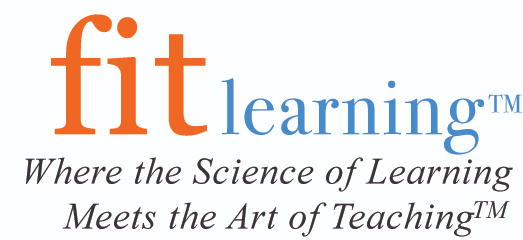The Definition of Fluency and How it Applies to Learning

We know fluent behavior when we see it: a smooth and rhythmic dance routine, an effortless piano performance, or a meaningful conversation in a foreign language. A fluent skill is automatic, effortless and neurologically permanent. Fluent skills are available for the learning of more complex skills. Experts in sports, music, and performing arts have embraced measurement systems and repeated practice routines to build fluent repertoires for decades; however these methods receive little attention in classrooms. A lack of fluency or mastery of fundamental academic skills is often the cause of a child’s difficulty in the classroom.
Science has determined that kids don’t learn based on arbitrary timelines – like their age. Just because a child turns a year older does not mean they have mastered the skills needed to move up a grade level. Unfortunately, kids do not learn by merely being exposed to the material. Kids (and adults) learn by the repeated reinforcement of their behavior over time. Dr. Kimberely Berens, Fit Learning founder, states, “The repeated, reinforced practice of skills is what leads to permanent learning. In fact, with enough repeated, reinforced practice, skills actually become established as habits.”
A fluent skill is remembered, resistant to distractions and fatigue, and easily usable for the learning of more complex skills. The Fit Learning model ensures that learners reach fluency in foundational skills (e.g. math facts) before moving on to achieving fluency in more complex skills (e.g. math word problems). When learners achieve fluency across a variety of academic skill areas, they begin to demonstrate cognitive fitness. Learner’s who are cognitively fit are agile, flexible, focused, perseverant, confident, determined, and able to think critically. Developing fluency is the key to growth and long term academic success.
